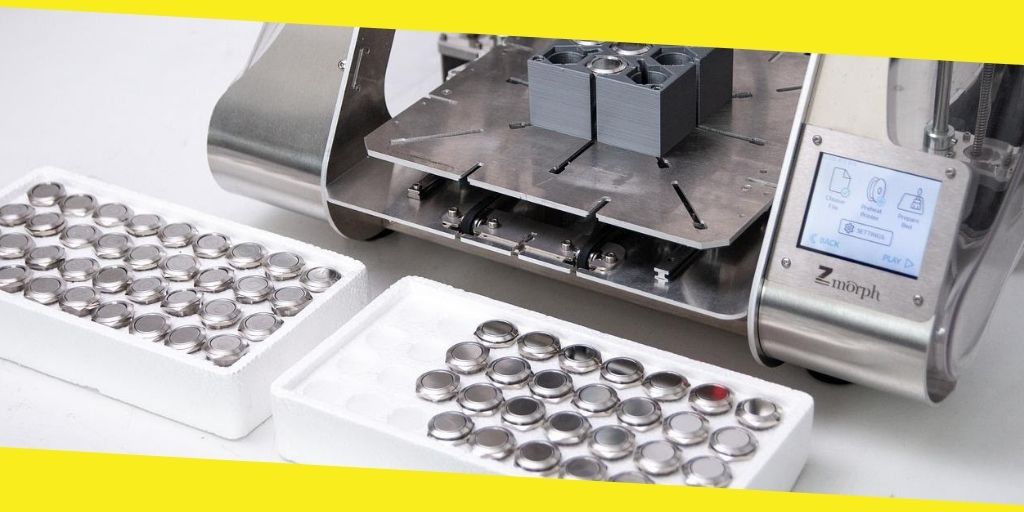How Titanium is Being Used in 3D Printing

In an emerging market like 3D printing, it’s an emerging material that seems to be taking all the headlines. Known for its strength, reliability, and lightweight nature, titanium is a material used on the Mars Perseverance Rover created by NASA. This perhaps explains the heights at which titanium is soaring right now.
Contents
ToggleWhy Titanium in 3D Printing?
If you want to use any metal in 3D printing, titanium is quickly growing to become the only option you need. As well as being used in aerospace, it’s also used widely to make surgical tools, frames for bicycles, joint replacements, racing cars, electronics, and plenty more besides.
Compared to stainless steel, titanium offers a higher strength-to-weight ratio as well as improved corrosion resistance. Therefore, the end product is stronger for its weight and able to avoid corrosion over many months and years.
When people hear about the strength of titanium, they assume that the material is heavy, but this isn’t the case. Instead, it’s actually relatively light, which is why it has come to the attention of large global corporations like NASA. With lighter cars and rockets, they don’t need quite so much fuel, and, in turn, this increases payload capacity.
Therefore, titanium seems to hit the holy grail of being both strong and lightweight. Currently, titanium is the most robust metal available to those actively investing in 3D printing with titanium (it also happens to be one of the lightest).
Other reasons why manufacturers are using titanium in 3D printing include corrosion resistance, non-toxicity, production flexibility, faster production time, and less wastage. In traditional manufacturing methods, the reason that titanium wasn’t chosen was because of the cost. It’s an expensive metal, and manufacturers didn’t like to see the material go to waste. Thankfully, wastage with 3D printing is non-existent, and this is why it has worked its way back into contention again.
Applications of Titanium in 3D Printing
At this point, it’s important to note that titanium isn’t usable in all industries, and this is because of the joining capabilities. Since titanium doesn’t join together nearly as well as steel, manufacturers are limited to a specific printing size rather than joining several creations together.
This being said, nobody can deny the success of titanium 3D printing to this point. 3D printing allows more for complex designs, and it will enable manufacturers to use titanium in ways that previously weren’t possible. This means that titanium is now being used to make bicycle frames, vehicles, orthopaedic implants, dental implants, medical equipment, and it’s even used in the military.
Some believe that titanium and 3D printing work together best in the medical environment, and this has led to the development of knee, hip, and spine implants made from the material. As well as the positive mechanical properties, the reason for titanium’s use in medicine includes the material’s biocompatibility. It integrates with the bone, can be tailored to each patient, and both of these factors combine to improve long-term health.
Previously, those suffering from specific medical problems would be grouped together with others with the same issue. However, they weren’t considered individually, and this meant that implants wouldn’t always fit. Now, 3D printing allows for a level of personalisation that previously wasn’t achievable.
Titanium Is Revolutionizing The Industry
As a dense and strong material, not to mention lightweight, titanium is making a massive impact on the 3D printing industry. This is set to continue as the number of uses and applications extend. As well as industrial applications, local 3D printers are also improving the accessibility to this manufacturing method for even small businesses!
Recommended For You
How to Transfer WhatsApp Backup from iPhone to Android
Most Inside
Most Inside offers high-quality recommendations and valuable updates to enhance all aspects of your life, providing premium guidance and enriching experiences.




